United Kingdom: New Gold And Silver Medal Collection Features Great Seals Of The Realm
The Royal Mint have launched a new medallic collection featuring historic designs of the Great Seals of the Sovereign.
Tracing its roots back to ancient kingdoms, the practise of affixing an imperial or royal seal is an ancient process of authentication that has been used by civilisations for millennia. Since the reigns of Edward the Confessor and William the Conqueror, royal seals have been used in Britain to symbolise the official will and authority of the monarch. Attached to important state documents as a physical mark of royal ratification, every monarch has had their own unique seal, with some having multiple examples due to their extensive reigns.
King Henry VIII, the notable king from the mighty Tudor dynasty which ruled England from 1485 until 1603 had a multifaceted persona. He was both a Renaissance king and ambitious ruler, often laying claim to the throne of France. The golden seal, or bulla used to ratify the Treaty of Amiens between the king and his close rival Francis I, King of France was specially created for that occasion. As King Francis I’s seal was attached first, and not to be ‘outdone’ by his contemporary, Henry VIII had a seal specially made which was considered far better and ornate in terms of design and it is the front side of the gold seal of Henry VIII which he attached to the treaty he made with France. The seal shows Henry VIII seated upon a Renaissance throne and it is thought that this style, which deviates from the medieval reverse designs of his first and second great seals, also went on to inspire the design for the king’s third and final great seal.
The Royal Mint was officially tasked with the responsibility of creating every monarch’s Great Seal in the early 20th century, but the Mint’s links to Great Seals can be found centuries before that. Since 1901 the Royal Mint was appointed for the production of the seals from the initial creation of the design through to manufacturing. Relying on the Mint’s extensive expertise in design and craftsmanship of precious metals, the Royal Mint’s craftspeople have beautifully re-mastered one of Henry VIII’s 500-year-old Seals for collectors.
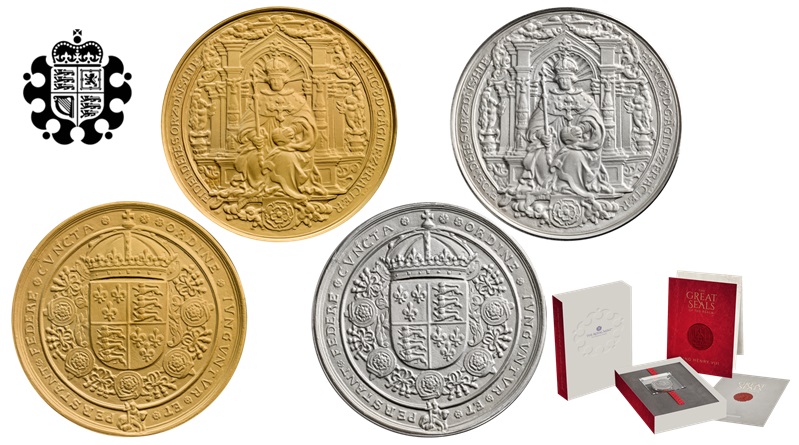
Using specimens held in The Royal Mint Museum’s collection, this seal has been re-mastered using modern techniques and unrivalled craftsmanship, the obverse side of the seal shows Henry VIII seated upon a Renaissance throne with orb and sceptre in each hand. Below the seated King on his throne is the image of a Tudor rose. The legend surrounding the seated portrait of the King reads HERIC 8 D G AGLIE FRANCIE R FIDEI DEFENSOR DNS HIE which translates to Henry the eighth By the Grace of God, King of England and France, defender of the faith and King of Ireland. The reverse side of the golden seal of Henry VIII depicts the arms of England and France quarterly surrounded by the collar of the Order of the Garter. The Latin motto surrounding it reads ORDINE IVNGVNTVR ET PERSTANT FEDERE CVNCTA which translates to all things are joined by order and stand firm by treaty. Each seal medal is struck to Proof standard and has a fully frosted finish.
| Description | Metal | Weight | Diameter | Quality | Maximum Mintage |
| Collector Seal | Cupro-nickel | 28.2 g. | 38.6 mm. | Frosted Proof | 10,000 |
| 999.9 Silver | 31.2 g. | 38.6 mm. | 2,000 | ||
| 999.9 Silver | 62.8 g. | 40 mm. | 1,000 | ||
| 999.9 Gold | 7.8 g. | 21.5 mm. | 1,500 | ||
| 999.9 Gold | 31.2 g. | 32.2 mm. | 175 | ||
| 999.9 Gold | 62.4 g. | 40 mm. | 25 |
The cupro-nickel seals are presented in a folder with colourful illustrations and informative text. The gold and silver examples are encased in a Perspex – Lucite frame enclosed in a heavy-gauge card case accompanied with a certificate of authenticity. For additional information on these medals, please visit the e-webshop of the Royal Mint.

Download the Greysheet app for access to pricing, news, events and your subscriptions.
Subscribe Now.
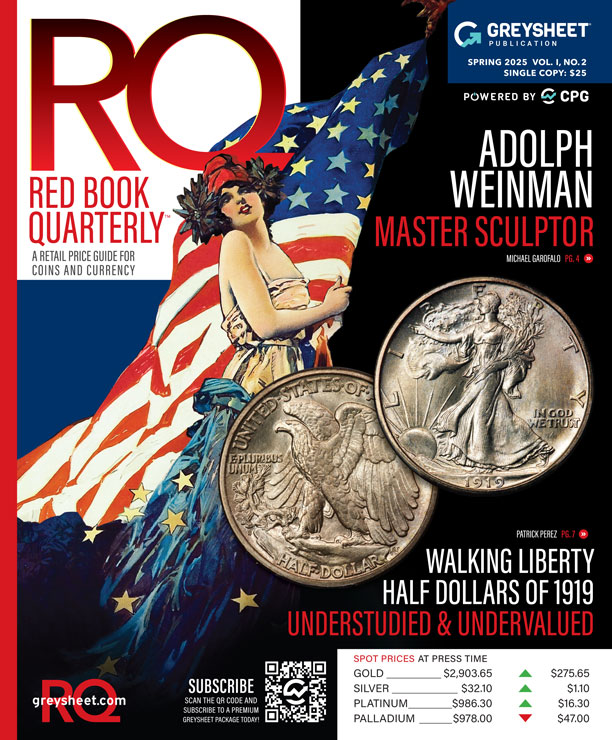
Subscribe to RQ Red Book Quarterly for the industry's most respected pricing and to read more articles just like this.
Author: Michael Alexander
Related Stories (powered by Greysheet News)
View all news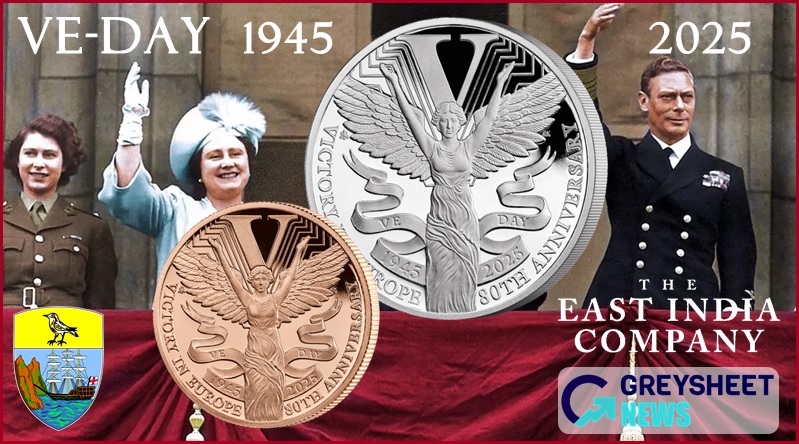
The Treasury of St Helena in association with the East India Company mark VE-Day's 80th anniversary.
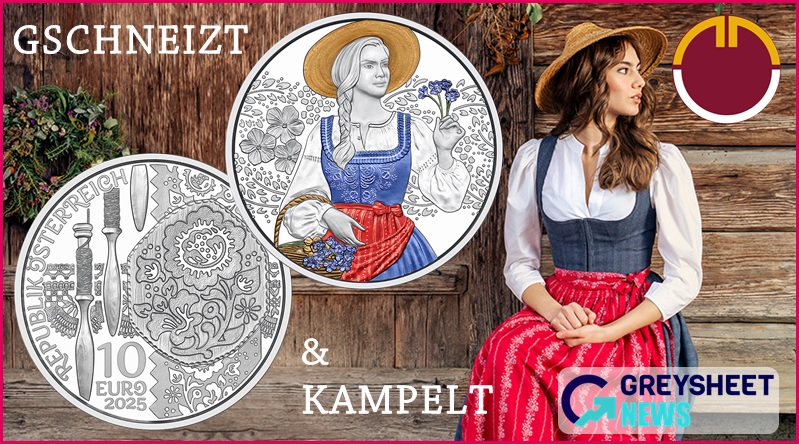
The Austrian Mint unveil new collector coins focusing on the country's traditional costumes.
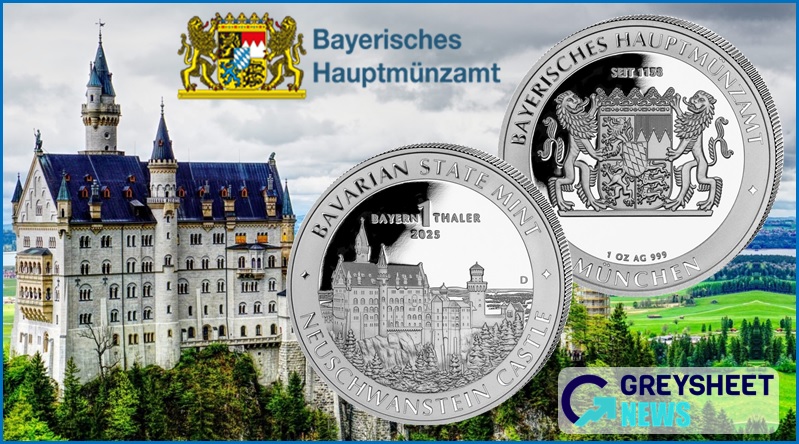
The Bavarian State Mint launch a new range of silver medals designed for Germany's bullion investors.


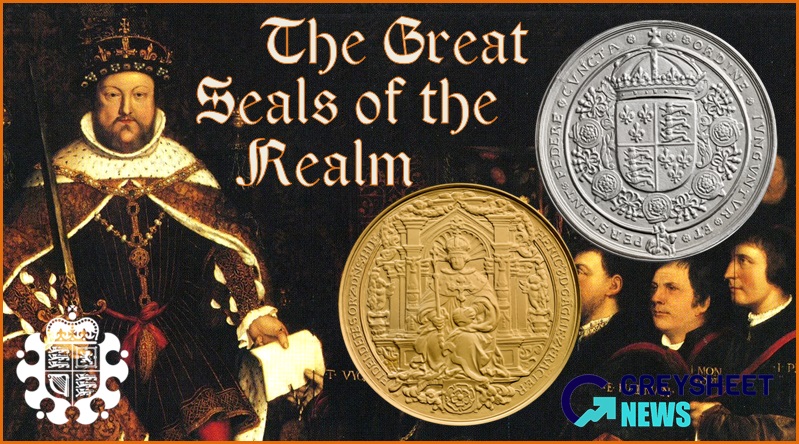






Please sign in or register to leave a comment.
Your identity will be restricted to first name/last initial, or a user ID you create.
Comment
Comments